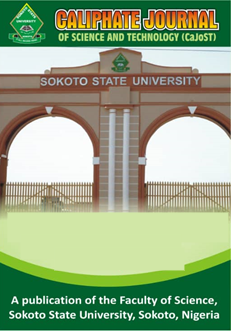Investigating Exchange Rate Volatility in Some West African Countries Using Traditional Time Series and Machine Learning Models
DOI:
https://doi.org/10.4314/af7cag30Keywords:
Volatility , Analysis , Hybrid model,, Mean Square Error, Decision-markingAbstract
This study investigated the volatility of exchange rates in Nigeria, Ghana, Niger, Gambia, and Sierra Leone, employing both traditional time series models and machine learning techniques. The study covered the period from 1999 to 2022, focusing on the selected countries due to their economic significance, regional representation, and diverse exchange rate regimes. Data were sourced from the World Bank and the International Monetary Fund (IMF). The traditional time series models employed included ARIMAX and GARCH, while machine learning techniques included Long Short-Term Memory (LSTM) and hybrid models combining traditional econometric models with advanced machine learning methods. Results from the analyses revealed that the currencies of the countries investigated were unstable for the period covered. The traditional time series models estimated volatility for Nigeria, Niger, Ghana, Gambia, and Sierra Leone, indicating statistically significant returns at the 0.05 level. This suggested that past returns influenced current volatility. The sum of the GARCH and ARCH parameters was less than 1 (ranging from 0.346 to 0.716), indicating stability in volatility modeling. One of the significant findings of this study was that the ARIMAX-LSTM model outperformed the GARCH-type models and GARCH-LSTM models, with the lowest Mean Squared Error (MSE). This study provided valuable insights for policymakers, investors, and financial institutions, aiding in more informed decision-making and contributing to economic stability in the region.

